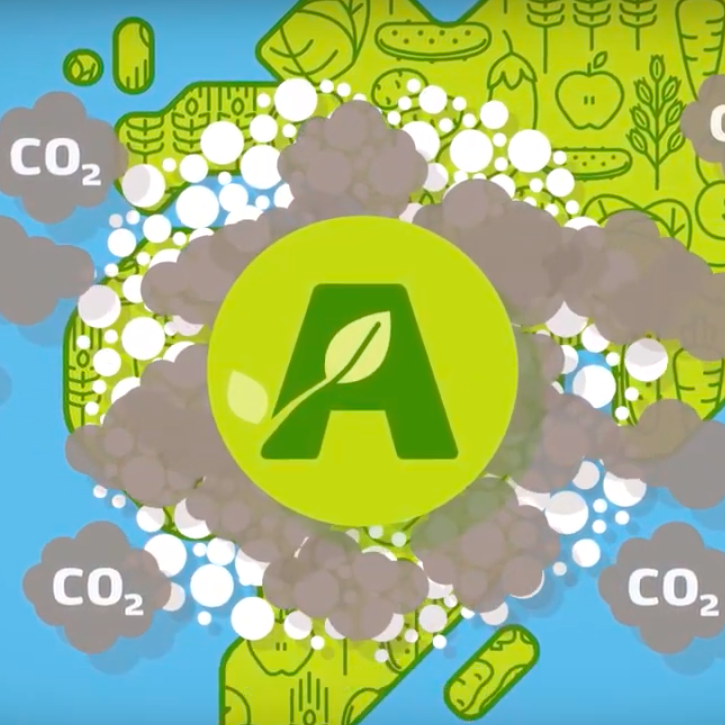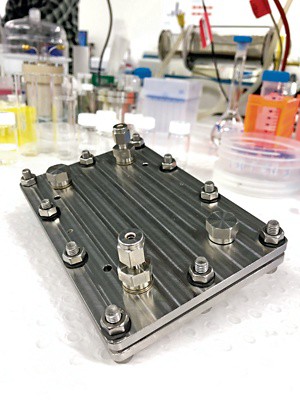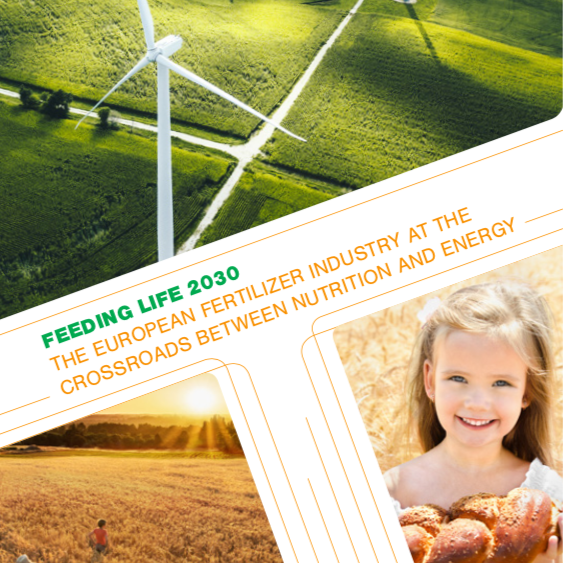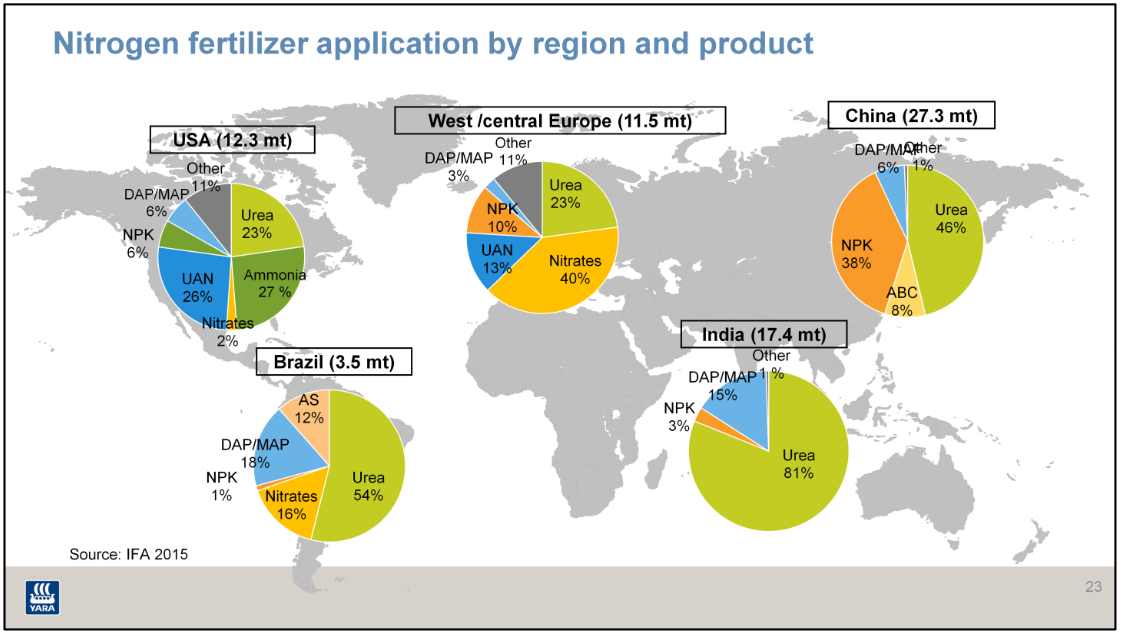Yara and Nel collaborate to reduce electrolyzer costs; announce green ammonia pilot in Norway by 2022
This week, two Norwegian companies, fertilizer producer Yara and electrolyzer manufacturer Nel, announced an agreement to test Nel's "next generation" alkaline electrolyzer at an ammonia production site. The parties expect to begin operating a 5 MW prototype in 2022, feeding green hydrogen directly into Yara's 500,000 ton per year ammonia plant at Porsgrunn.









